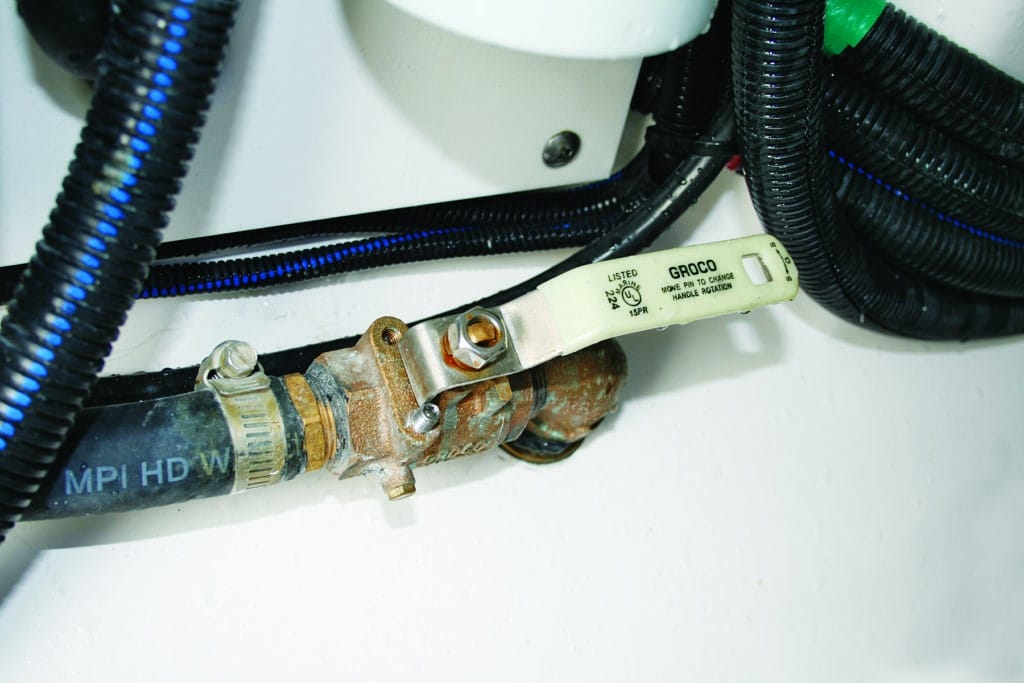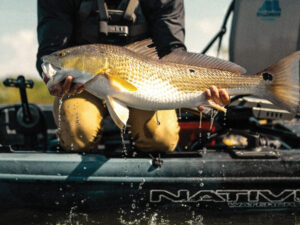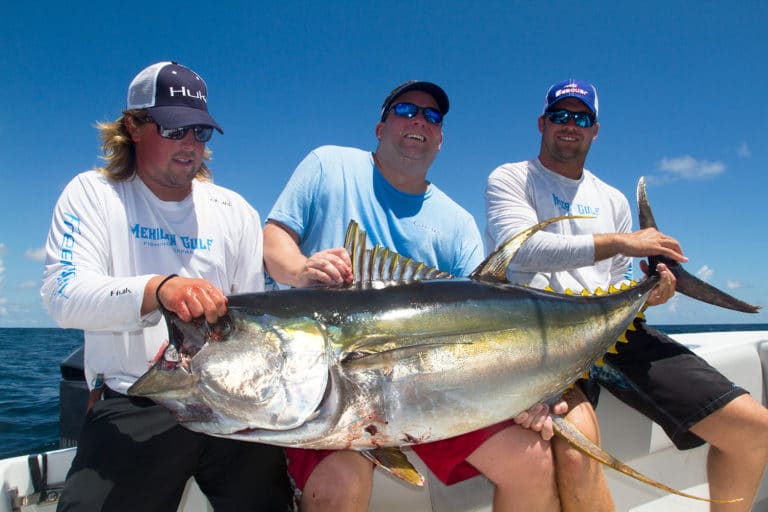Drift Clips
Release clips serve anglers well on outriggers, downriggers and sometimes even on flat lines when trolling. In addition, I like to use clips such as Cannon’s Offshore Line Release (about $18) while drift fishing, particularly when the technique calls for fishing with heavy sinkers and leaving the reel in free-spool. In these situations, the clicker itself isn’t strong enough to keep line from paying off the reel, but a release solves the problem.
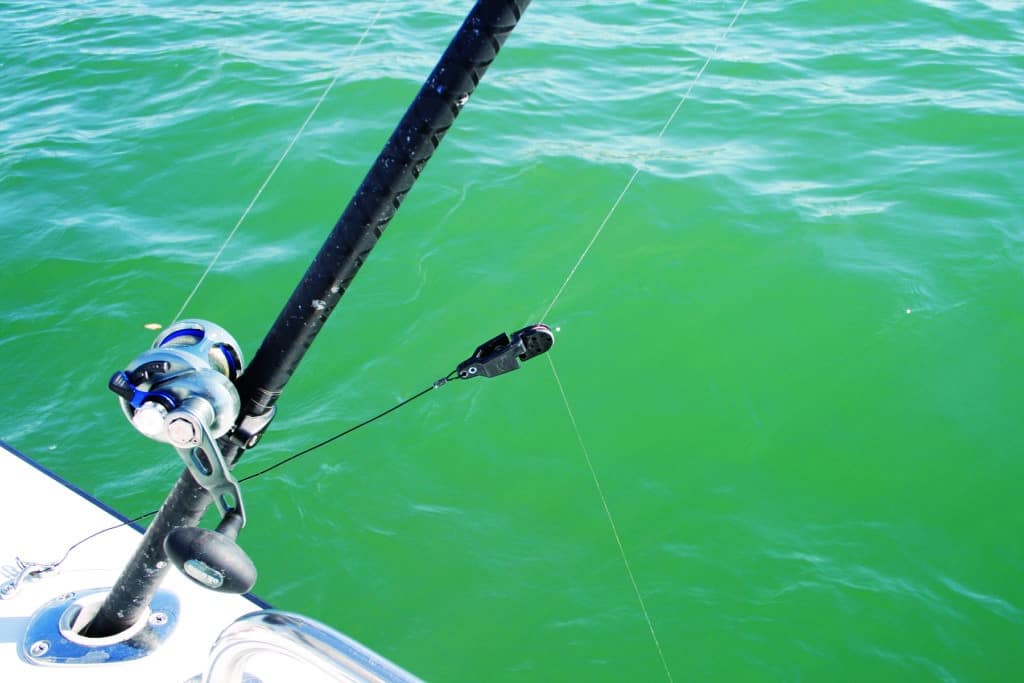
Use the lanyard to attach the release clip to a nearby cleat, rail or pad eye, and once you set the bait at the right depth, bring the line down from the rod tip and secure it with the clothespin clip. When a fish bites, the line is released, allowing your quarry to run with the bait as the clicker keeps the fishing reel from backlashing.
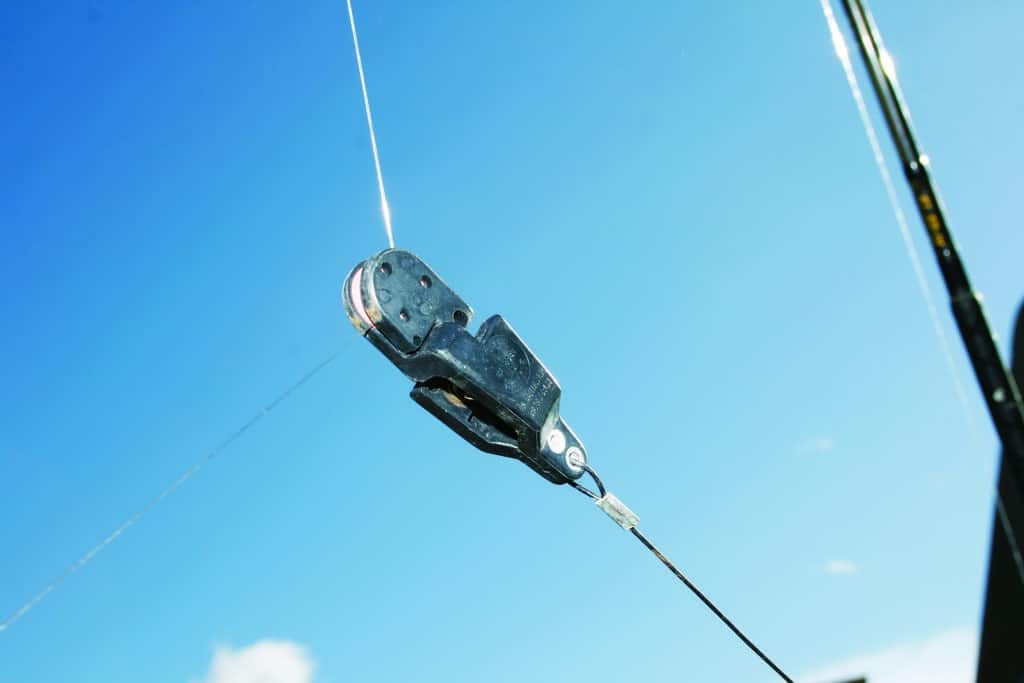
Clamp Covers
Hose clamps rank as one of the greatest inventions of all time — along with WD-40 and duct tape — but the tail tips of the clamp straps can be sharp, and invariably nick and slice your fingers and hands when you reach into the boat’s bilge to make a repair. The tail tips can also cut into adjacent wires and hoses.
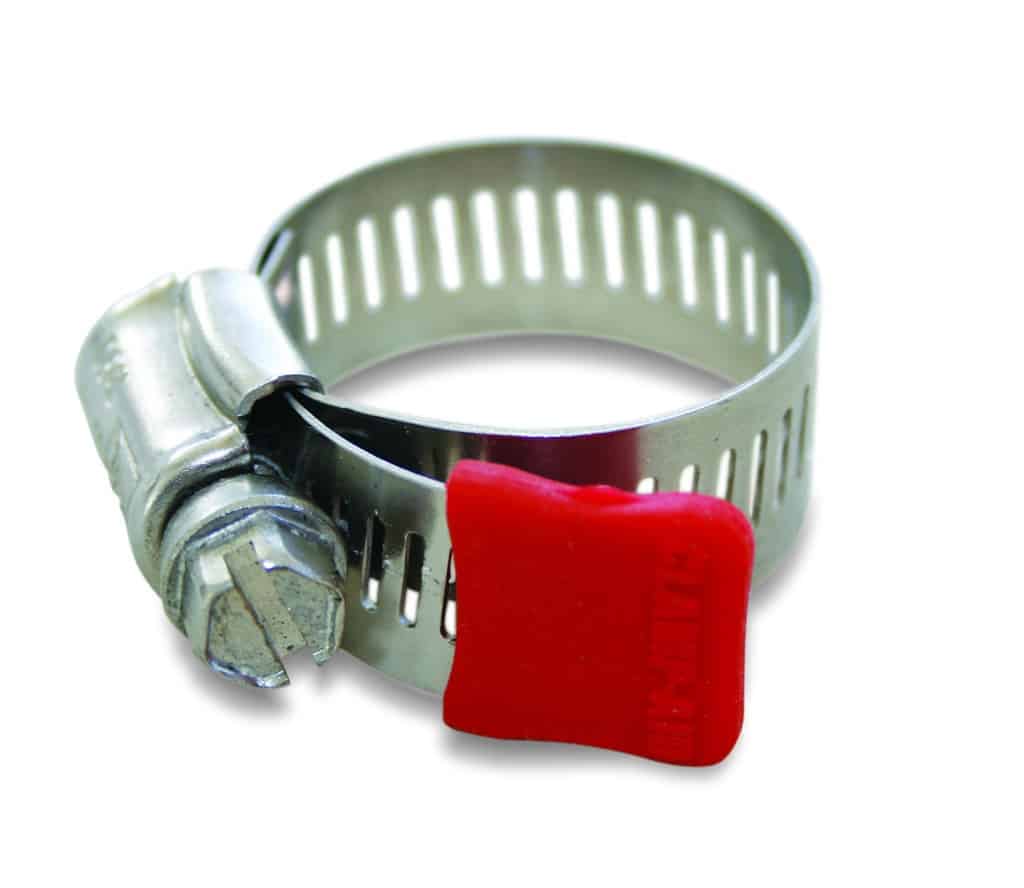
Save your digits and rigging with special sheaths, such as PYI hose-clamp jackets or Clamp-Aid hose-clamp end guards. These gadgets are cheap enough (about $24 for 100) that you can put one on every hose clamp in the boat.
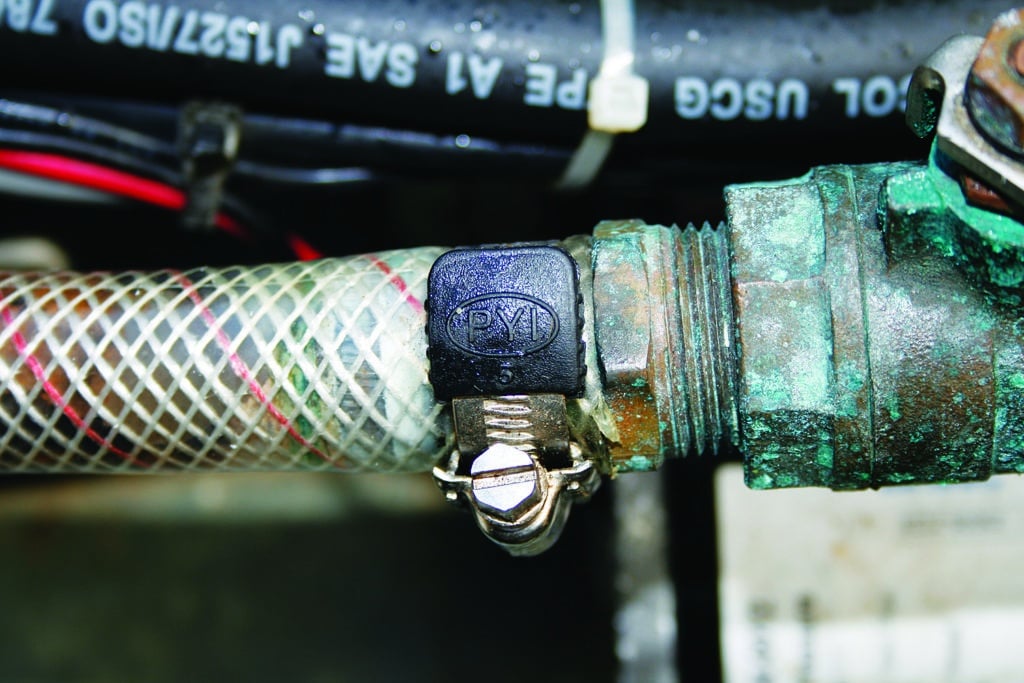
PYI Hose-Clamp Jackets
Anchor Flip
For anglers who trailer their boats, securing the anchor using a pulpit or anchor roller can create problems. The flukes hang down, potentially hooking and snagging on the trailer’s bow stand when sliding the boat off the trailer. If that happens, flukes bend, rollers break and boats get stuck in awkward positions. An obvious solution: Remove the anchor from the roller or pulpit while launching the boat. With an anchor roller, try flipping the anchor so the flukes are facing up. I do this the day before so I don’t forget at the launch ramp. Secure the anchor with some bungee cords, and flip it back over once you’ve splashed the boat.
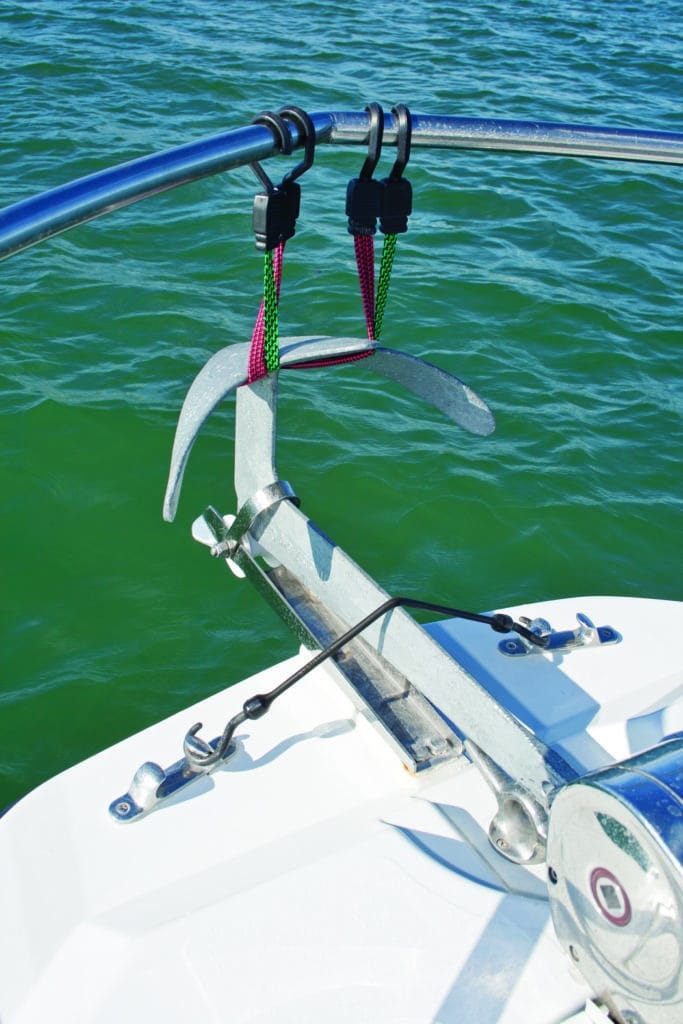
Valve Exercise
Exercise is good for you, right? Apply the same wisdom to maintaining the operation of the valves and seacocks on your boat. Many of these ball-valve-style devices are installed with safety in mind, allowing you to shut down the incoming flow of water in the event of a plumbing leak from your livewell system or raw-water washdown system. But if the valves are not opened and closed regularly, they can jam up from corrosion and other deposits. The last thing you need is a stuck valve as water pours into the bilge. Take some time every month to “exercise” each valve and seacock on your boat. That’s your assurance these will work as intended should an emergency occur.
